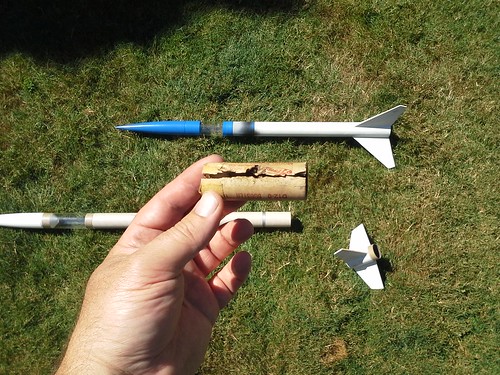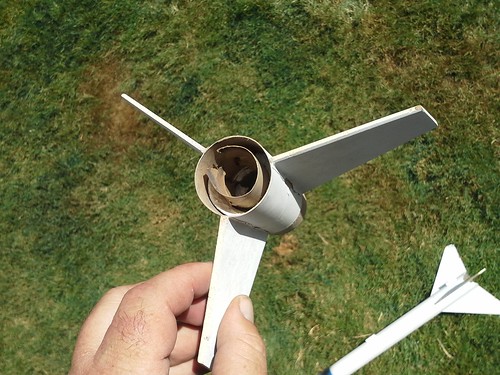- Joined
- Aug 27, 2011
- Messages
- 11,596
- Reaction score
- 6,217
From NAR
https://www.nar.org/safety-information/model-rocket-safety-code/
Materials. I will use only lightweight, non-metal parts for the nose, body, and fins of my rocket.
If I cut a piece of an aluminum can to wrap around a booster engine to protect it from charring from sustainer (I am looking at a three engine each stage [total 6 engine] black powder one to one booster-to-sustainer ignition, each of the three boosters separates independently and may be slightly delayed) and I place a wrap of aluminum from a can around say the upper 2 inches of the booster tubes, is that a code violation?
https://www.nar.org/safety-information/model-rocket-safety-code/
Materials. I will use only lightweight, non-metal parts for the nose, body, and fins of my rocket.
If I cut a piece of an aluminum can to wrap around a booster engine to protect it from charring from sustainer (I am looking at a three engine each stage [total 6 engine] black powder one to one booster-to-sustainer ignition, each of the three boosters separates independently and may be slightly delayed) and I place a wrap of aluminum from a can around say the upper 2 inches of the booster tubes, is that a code violation?









